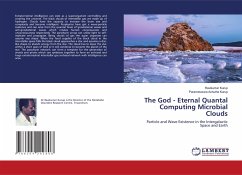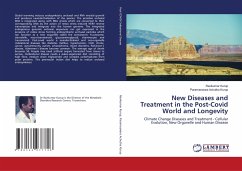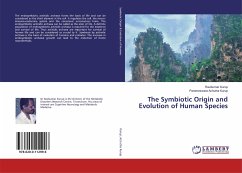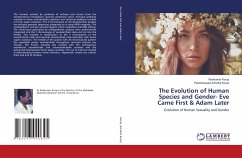The cell is a symbiotic structure of bacteria and viruses. The unravelling of the symbiotic cell consequent to climate change and internet pollution can result in symbiotic unravelling. The expulsion of the archaea with its cytoplasm and enzymes into the blood. The archaea can reproduce asexually by binary fission. The microtubules, cilia and flagella are formed of spirochaetes like treponema. The microtubular network can divide asexually like spirochaetes. The spirochaetes are capable of asexual reproduction and binary fission. The nucleus is derived from the pox virus which the archaea symbiosed. The nuclear membrane is contiguous with the smooth and rough endoplasmic reticulum. This cell-free DNA derived from pox viruses can replicate and produce new viruses. The cell-free DNA and its complementary RNA can hybridize with archaeal RNA viroids forming new viruses. The mitochondria and its bacterial DNA is a rickettsia and can be expelled from the cell in case of stress. Thus thecell which is under stress by global warming can unravel its symbiotic structure and behave like a multiple bacterial and viral anarchic colony without a central organizer.








